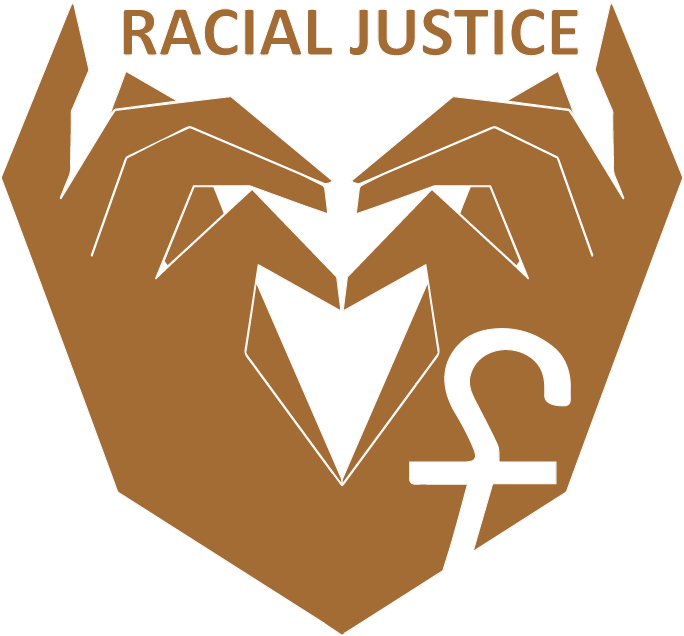In 2020, the Council appointed an Antiracist Taskforce and charged it with developing a racial justice statement for the congregation. After prayer, study, and extensive conversation with congregation members, the congregation unanimously approved the Racial Justice Statement.
The Racial Justice Team now carries this work forward in partnership with and on behalf of the congregation. The Team meets monthly and works to inform and involve the congregation in learning about racial justice, how white supremacy culture has impacted our history as a country and a church and continues to influence us now, and be involved within the congregation and beyond in ways that promote racial justice. Congregation members who want to learn more about this ministry and how to get involved are invited to talk to any member of the Racial Justice Team.
Good Shepherd is currently involved in three racial justice initiatives:
Understanding and learning to dismantle White Supremacy Culture
Racial Justice issues growing out of slavery, Jim Crow, and ongoing racist practices such as red lining and the war on drugs
Incorporating jazz and the Spirituals growing out of the Black experience in our worship continues to invite us to learn about and share in the lament and hope of enslaved and oppressed people. In 2022, the Worship and Music Committee invited the congregation to learn about how reparations could be paid for use of Spirituals that we use in worship but for which the authors were never compensated. This conversation led to a commitment of $500 in the annual budget, an amount comparable to that paid for use of other music, to support Black musicians today.
Racial Justice issues resulting from European colonization of Indigenous Peoples
Since the fall of 2023, the congregation has been participating in the the ELCA’s Truth and Healing Initiative to learn the true history and current realities of Indigenous people and to focus right and healthy relationships with them. Webinars and other opportunities available through this Initiative can be found on the ELCA website. The Racial Justice Team appointed a Land Acknowledgement Task Force to draft a land acknowledgement statement and bring recommendations to the Racial Justice Team and the congregation on further actions.
Beginning in the fall of 2024 (November 2024 monthly newsletter, pages 13+, December 2024, pp. 12+, January 2025, pp. 9+, February 2025, pp. 6+) the Land Acknowledgement Task Force provided information about each of the tribes/nations who resided on the land we now own and care for. Each article has a link to their voices today. It’s not just about the past, but also a look at our brothers and sisters today and what they choose to share with us about the present. Perhaps, as we get to know them, we can envision their faces and voices each time we use the land acknowledgement statement and maintain a meaningful connection with them. Below is a link to these articles.



